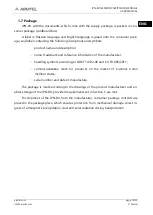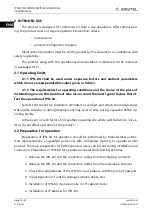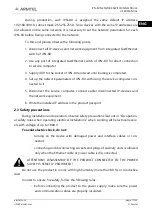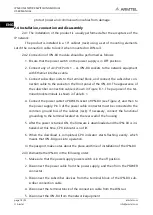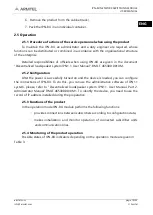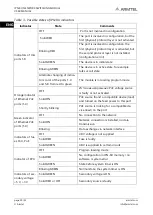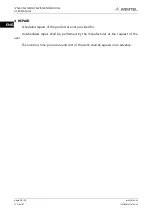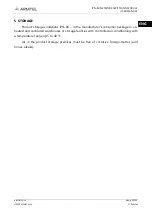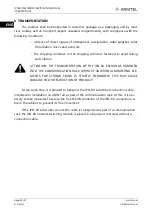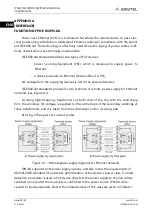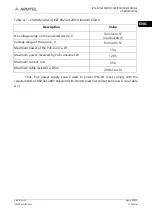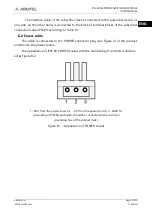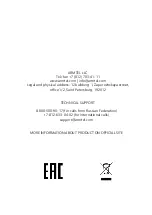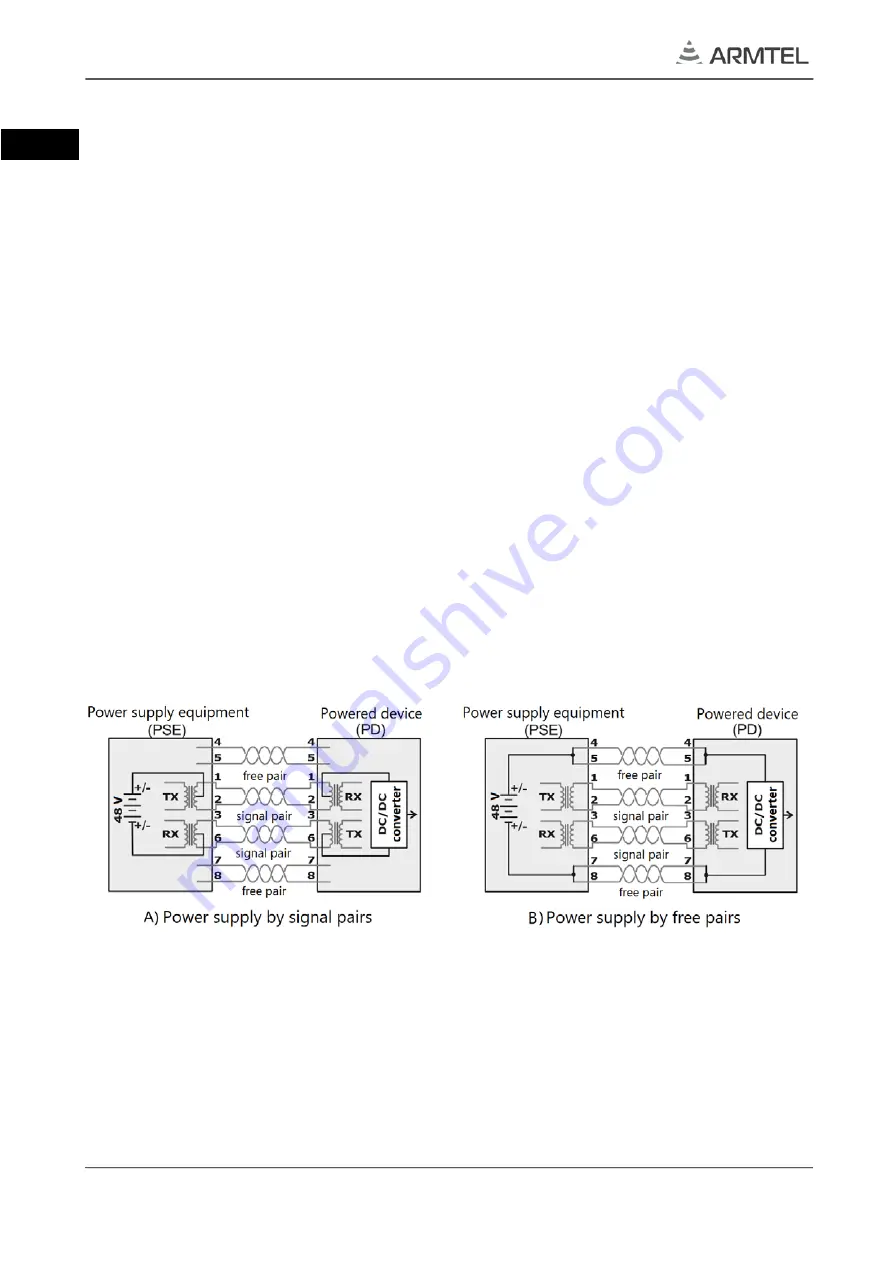
IPN-8U NETWORK SWITCHING MODULE
USER MANUAL
page 28/32
armtel.com
© Armtel
ENG
APPENDIX A
(REFERENCE)
FUNCTION OF POE IN IPN-8U
Power over Ethernet (PoE) is a technique that allows the remote device to pass elec-
trical power along with data on twisted pair Ethernet cabling in compliance with the stand-
ard IEEE 802.3at. The technology is effectively used where the laying of power cables is dif-
ficult, undesirable or economically unreasonable.
IEEE 802.3af standard describes two types of PoE devices:
−
power Sourcing Equipment (PSE), which is designed to supply power to
Ethernet;
−
a device powered via Ethernet (Powered Device- PD).
DC voltage from the supplying devices is fed to the powered devices.
IEEE 802.3af standards provide for two schemes of remote power supply for Ethernet
networks (see Figure A.1):
A) Using high-frequency transformers at both ends of the line with the central tap
from the windings. DC voltage is supplied to the central taps of the secondary windings of
these transformers, and it is taken from the central taps on the receiving side.
B) Using of free pairs to connect power.
Figure
А
.1 – Remote power supply diagrams for Ethernet networks
IPN-8U supports both power supply options, and also meets the requirements of
802.3af-2003 standard for automatic determination of the device's power class. If a load
detection procedure is used in PoE device (injector), the power supply to the line will be
switched on only after the load class is confirmed to the power source. IPN-8U corre-
sponds to load parameters Class 0; the characteristics of this class are given in Table A.1.


